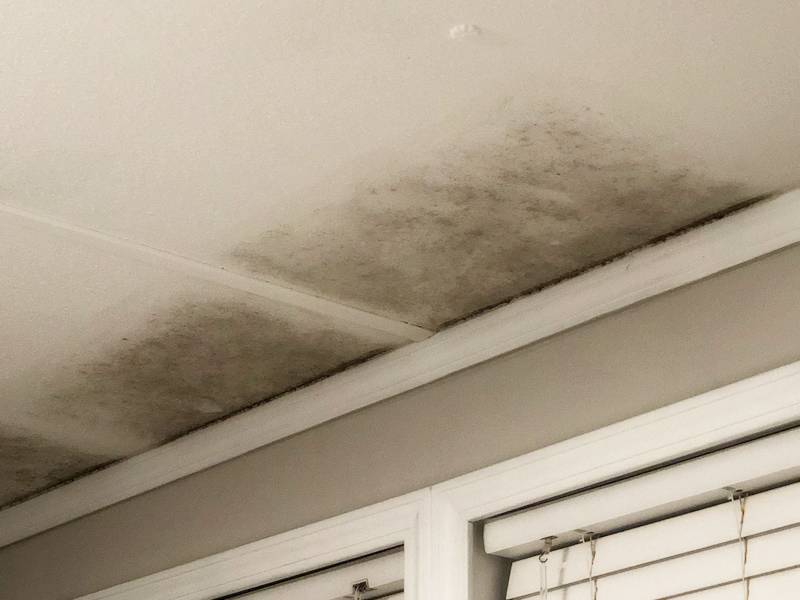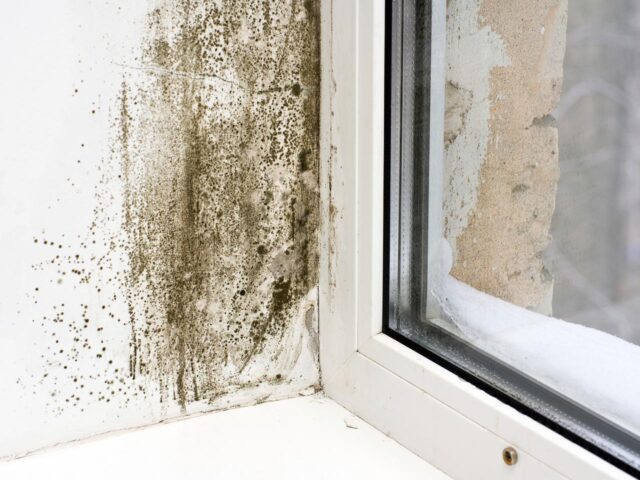When you check into a hotel, you expect a clean, welcoming space to unwind after a long day of travel or exploration. However, lurking behind seemingly pristine walls and under fresh linens could be an insidious threat: mold.
This unwelcome guest isn’t just a nuisance; it can pose significant health risks, especially for those with allergies or respiratory issues. So, how can you ensure your temporary sanctuary is safe? In this article, well guide you through simple yet effective steps to identify signs of mold in your hotel room.
From subtle odors to visual cues, arming yourself with knowledge can help you breathe easier and enjoy your stay without worry. Let’s dive in and ensure your hotel experience is as refreshing as it should be.
Musty Odors: A Key Indicator

Musty odors are not just unpleasant; they are often a clear signal that mold is lurking somewhere in your hotel room. As you step inside, take a moment to inhale deeply—does the air have a stale, damp quality? This distinctive scent is often associated with mold growth, thriving in damp, hidden corners where moisture accumulates.
Mold inspection St Petersburg fl services can help pinpoint these hidden issues and address them before they escalate. Even after a recent cleaning, the musty smell can be persistent, hinting at deeper issues within the room’s infrastructure.
If you catch a whiff of this unwelcome aroma, it’s vital to investigate further. Don’t ignore it! Look for visible signs of mold, such as dark spots or discoloration on walls and ceilings.
Remember, your comfort and health should always take precedence when choosing accommodations.
Water Damage: Spotting the Sources

Water damage can often be a silent invader in hotel rooms, lurking behind walls and under floors, making it essential to know how to spot its telltale signs. Start by inspecting the ceiling and corners of the room for any discoloration or bubbling paint, which might indicate leaks from above.
Pay attention to musty odors that seem to seep from the carpets, suggesting dampness beneath. Check the windows for condensation or water stains, which can signal poor sealing or previous flood incidents. Don’t forget to look at plumbing fixtures and air conditioners; they can be hotbeds for hidden moisture if they malfunction.
Being vigilant about these clues can help you avoid staying in a mold-ridden environment, ensuring a safer and more pleasant experience.
Check for Condensation: High Humidity Areas

When stepping into your hotel room, it’s vital to assess the presence of condensation, especially in high-humidity areas, which are often breeding grounds for mold. Look closely at windows, corners, and the ceiling—these spots can be telltale signs of moisture accumulation.
Water droplets forming on surfaces indicate a humidity issue that could foster mold growth if unchecked. If the air feels thick and clammy, or if damp spots are visible, take a moment to breathe deep—mold thrives in such conditions and can pose health risks.
Ensure the room is adequately ventilated, and don’t hesitate to request a change if you notice any signs of condensation. Trust your instincts; a small detail today can prevent a larger headache tomorrow.
Conclusion
In conclusion, ensuring a safe and healthy environment during your travels is paramount, especially when it comes to potential mold exposure in hotel rooms. By following the simple steps outlined above—such as checking for visible mold, assessing musty odors, and inspecting air conditioning units—you can prevent any health risks associated with mold. If you suspect the presence of mold in your accommodation, dont hesitate to contact local mold inspection services, such as those in St.
Petersburg, FL, to gain peace of mind. Remember, prioritizing your well-being while traveling not only enhances your experience but also safeguards your health for future adventures.




